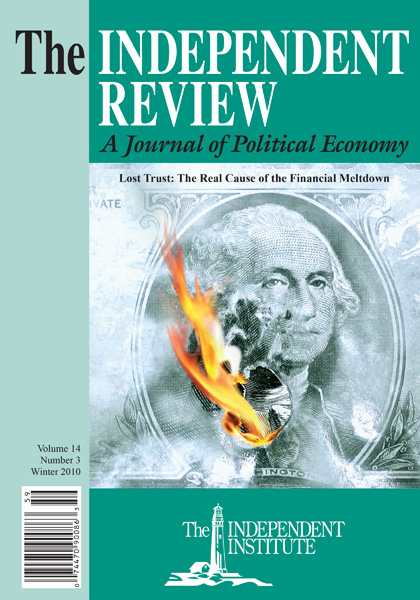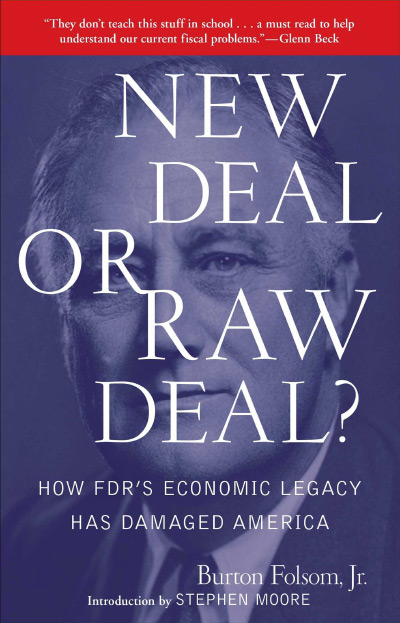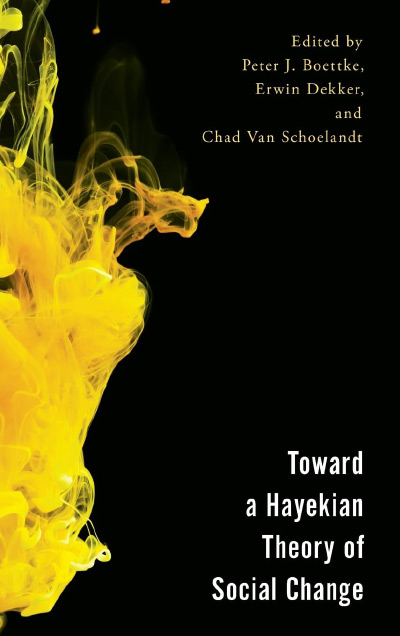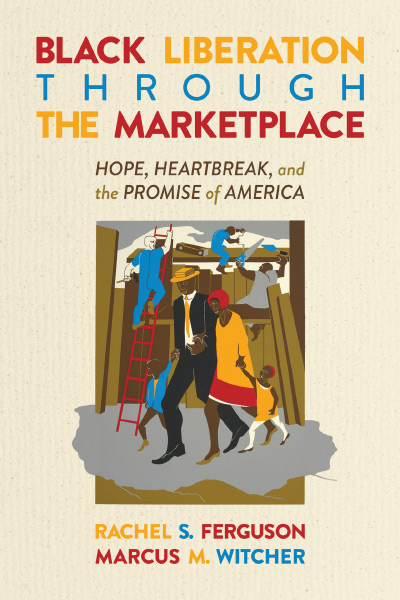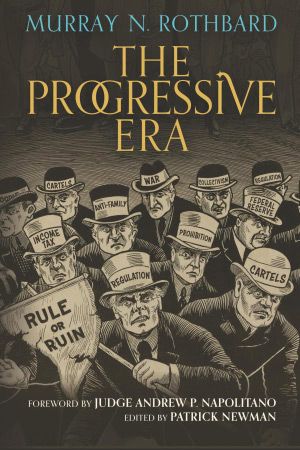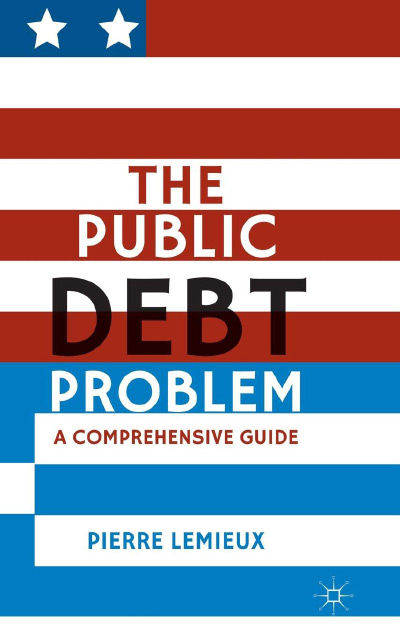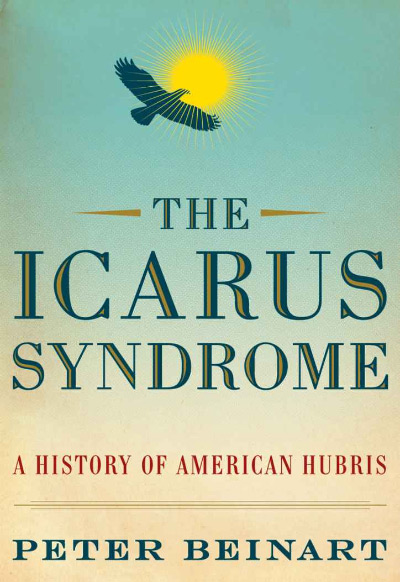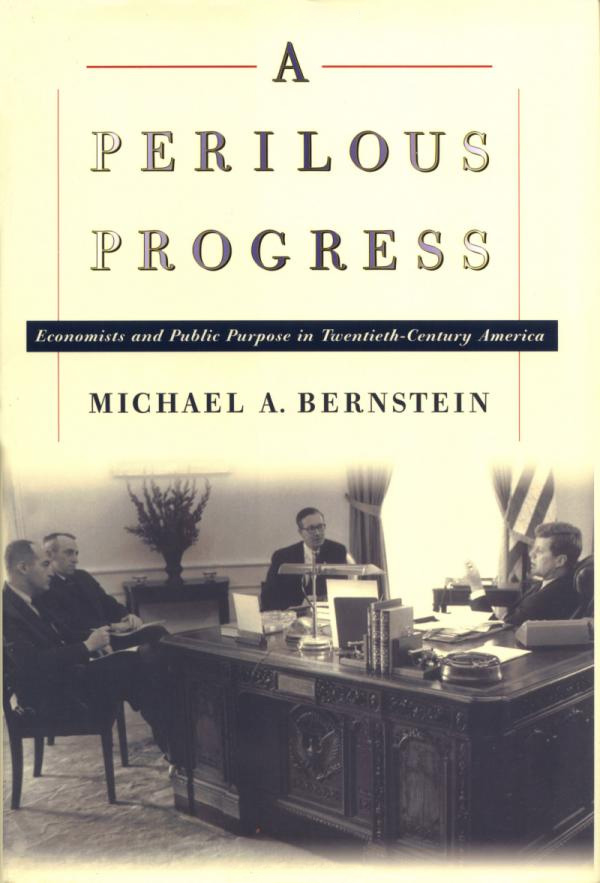In the darkest days near the end of the Great Depression of 1929–33, Franklin Delano Roosevelt emerged to become the nation’s savior. He brought hope to the downtrodden and dispossessed, developed policies to pull the economy out of the Depression and by those policies staved off more radical proposals that would have emasculated American capitalism. So popular was he that he was elected to an unprecedented four consecutive terms as president, his reelection in 1936 bringing the largest Electoral College vote victory margin in U.S. history. His legacy continues to this day. Ronald Reagan was an admirer of FDR and his New Deal, as is the current president, Barack Obama.
So goes the popular understanding of Franklin Delano Roosevelt, an understanding that has been expressed in countless high school and college U.S. history textbooks, numerous popular books, movies, television shows, and documentaries. Some of the leading American historians have helped to cement this view. Arthur M. Schlesinger Jr.—one of the leading liberal New Deal historians of the mid- and late twentieth century and a founder of the left-liberal group Americans for Democratic Action (ADA)—wrote the influential and laudatory three-volume work Age of Roosevelt (Boston: Houghton Mifflin, 1957–60). Another ADA leader, William Leuchtenberg, who was also a leading New Deal scholar, wrote Franklin D. Roosevelt and the New Deal (New York: Harper and Row, 1963). The scholarly works of Irving Bernstein (A Caring Society: The New Deal, The Worker, and the Great Depression [Boston: Houghton Mifflin, 1985]) and David Kennedy (Freedom from Fear: The American People in Depression and War, 1929–1945 [New York: Oxford University Press, 1999]), among others, have further influenced the general perception of Roosevelt and the New Deal. So powerful has this wave of adulation been that the tale has assumed almost mythic proportions.
But that myth has always had cracks in its foundation. By the late 1930s, journalist John Flynn, who began his career as a liberal, was criticizing Roosevelt and the New Deal so sharply that FDR wrote confidential letters to the journal publishers to try to stop his columns. Economist and banker Benjamin M. Anderson was an early critic, as were economic journalist Henry Hazlitt and, somewhat later, economist Milton Friedman. On the whole, however, even well into the 1960s, few voices were raised to protest the rosy view of FDR and his New Deal.
By the 1980s, however, this view was changing. Scholars reevaluating FDR and the New Deal include, among others, Robert Higgs (Crisis and Leviathan [New York: Oxford University Press, 1987]; Against Leviathan [Oakland, Calif.: Independent Institute, 2004]; and a number of journal articles), Gary Dean Best (Pride, Prejudice, and Politics: Roosevelt versus Recovery, 1933–1938 [New York: Praeger, 1990]), Richard Vedder and Lowell Gallaway (Out of Work [New York: Holmes and Meier, 1993], as well as several journal articles), Jim Couch and William Shughart II (The Political Economy of the New Deal [Northampton, Mass.: Edward Elgar, 1998]), Gene Smiley (Rethinking the Great Depression [Chicago: Ivan R. Dee, 2002]), Jim Powell (FDR’s Folly: How Roosevelt and His New Deal Prolonged the Great Depression [New York: Crown Forum, 2003]), and Amity Shlaes (The Forgotten Man [New York: Harper Collins, 2007]).
To these critics, we can now add Burton Folsom Jr., with his new book New Deal or Raw Deal? How FDR’s Economic Legacy Has Damaged America. In addition to numerous newspaper articles, books, and journal articles, Folsom has examined the papers of many influential people in FDR’s administration that are contained in the Franklin D. Roosevelt Presidential Library, the Library of Congress, the Hoover Institution, the Kansas State Historical Society, and the National Archives. The result is a far from flattering portrait of a president who knew little about how business operated and was concerned about large businesses only to the extent that he could exploit them for his administration’s programs. This is a Roosevelt whose public face differed considerably from his private face.
One of the remaining weapons in the arsenal of Roosevelt supporters has been that even if Roosevelt did not end the Depression before World War II, he did save capitalism from the more radical proposals of many in Congress. Thus, they say, his administration was successful. The argument has long had a rather hollow ring to it, however, and Folsom’s analysis suggests that much of the time Roosevelt himself was the one who wanted more radical changes. Most people are aware of his attempt to pack the Supreme Court, a tactic that backfired badly. But consider other examples that Folsom describes. After the Supreme Court ruled the National Industrial Recovery Act (NIRA) unconstitutional, Roosevelt “denounced the decision . . . as a ‘horse and buggy’ interpretation of the Constitution’s Commerce Clause, which gives Congress the power to regulate commerce” (p. 58). Roosevelt attributed the NRA’s failure to work better to “selfish businessmen” and “greedy lawyers.” He toyed with the idea of an international cartel in various commodities that he would organize and direct (p. 59). He viewed the Agricultural Adjustment Act as a means for full-time government control of farming.
Roosevelt saw himself as engaged in an increasingly bitter war with businessmen, his arch enemies, and he publicized this conflict as a “class war” or a “war against business” (p. 131). Raymond Moley reported that Roosevelt argued that businessmen were generally stupid (p. 134). Folsom reports that Moley—organizer of the original “Brains Trust”—wrote the following about Roosevelt in 1936: “I was impressed as never before by the utter lack of logic of the man, the scantiness of his precise knowledge of things that he was talking about. . . . My deliberate impression is that he is dangerous in the extreme, and I view the next four years with no inconsiderable apprehension” (qtd. on p. 135). Roosevelt viewed the 1937–38 depression within a depression as the result of a conspiracy of “2,000 men” (p. 139). When Treasury Secretary Henry Morganthau proposed reducing the top income tax rate in 1939 to promote recovery, Roosevelt rejected the move because, among other reasons, it would have amounted to aiding business or “paying usury,” which was not worth recovery (p. 141).
Throughout Folsom’s study are examples of Roosevelt’s use of the Works Progress Administration for political purposes and of the Internal Revenue Service as a personal weapon to achieve control of or to silence his perceived critics, such as Huey Long, Andrew Mellon, and Moe Annenberg. Whenever FDR believed he might gain an advantage by doing so, he created fictitious conversations to show that he was right. Folsom writes that from time to time Roosevelt admitted that he lied, although he argued that it was necessary (p. 218). “Roosevelt’s deceitfulness on issues large and small created a climate of uncertainty among New Dealers as to what was really going to happen from week to week or even day to day,” comments Folsom (p. 219). One of Roosevelt’s lieutenants, Tom Corcoran, reported that he learned a great deal about politics from Roosevelt, including the fact that when a politician makes a promise, it isn’t binding on him or on the person to whom he has made the promise (p. 235).
Throughout the book, Folsom marshals an impressive array of evidence on Roosevelt’s character and behavior, most of it as reported by people who served in FDR’s administration. One can only conclude, after reading this evidence, that Roosevelt was interested in transforming the U.S. economy according to his blurry vision.
In a few places, the book might have been strengthened. Folsom’s short chapter on what Roosevelt should have done to promote recovery focuses on reductions in federal spending, cuts in federal tax rates, and elimination of the protective Hawley-Smoot tariff. These policies are obviously important and would have promoted recovery if enacted. But just as important, and probably more so for the economy’s long-run health, was the enactment of programs and laws that stymied businesses, prevented markets from operating, and helped to reduce employment and income for all Americans—such as the Agricultural Adjustment Act and subsequent agriculture acts, the National Industrial Recovery Act, Social Security, minimum-wage legislation, the Wagner Act, and many other laws. Discussion of the impact of these programs and laws would have strengthened this chapter. An excellent chapter covers “why historians have missed the mark.” And the short but generally well-done concluding chapter discusses “the New Deal and repercussions for today’s economy.” Its final section is titled “Character” and is apparently intended to be a summing up of the legacy of Roosevelt and his New Deal, but it seems inadequate for that task. A stronger conclusion, a stronger summing up, would have been appreciated.
Of course, almost every reviewer finds something to criticize or something to wish for in any book reviewed. Folsom’s is an excellent book overall, and it clearly adds to our knowledge of Roosevelt’s character and motives in the 1930s. It is a worthy addition to the growing literature reassessing FDR’s New Deal. We can only hope that this growing literature leads to a correction of the prevailing story of FDR and the New Deal. As we know, however, myths die hard.
| Other Independent Review articles by W. Gene Smiley | |
| Winter 1999/00 | The Political Economy of the New Deal |
| Winter 1997/98 | Beyond the Broker State: Federal Policies Toward Small Business, 1936-1961 |

